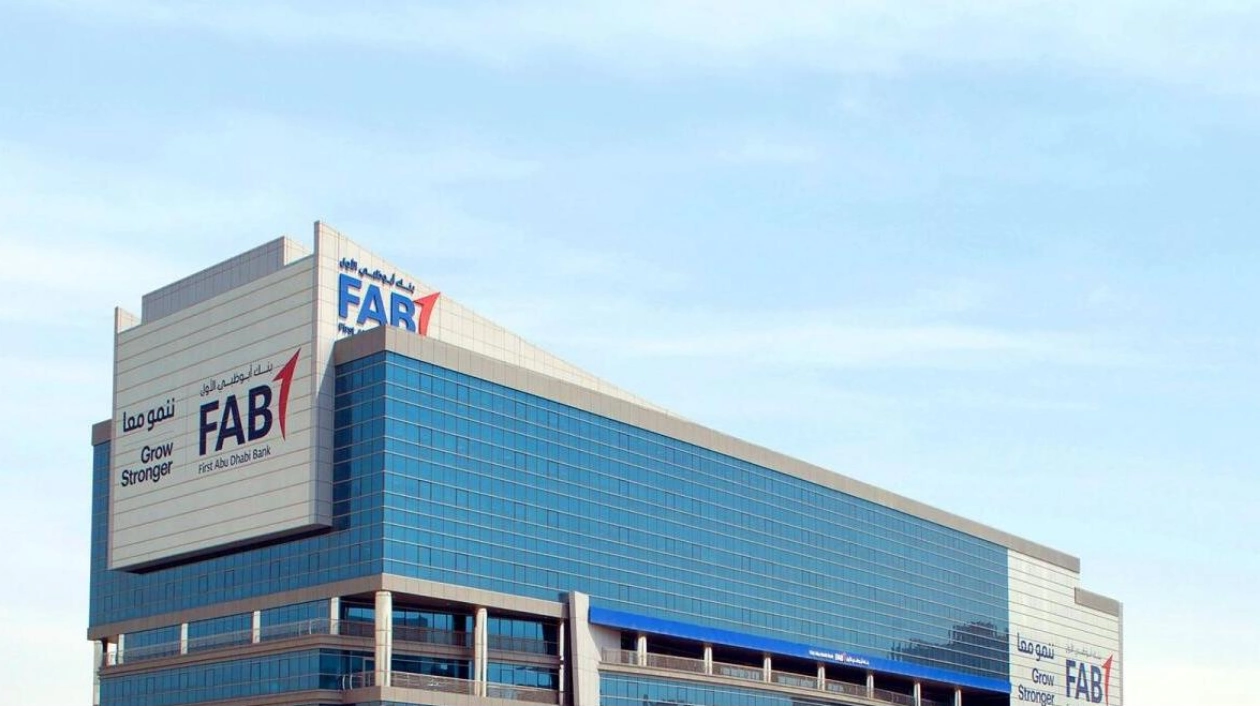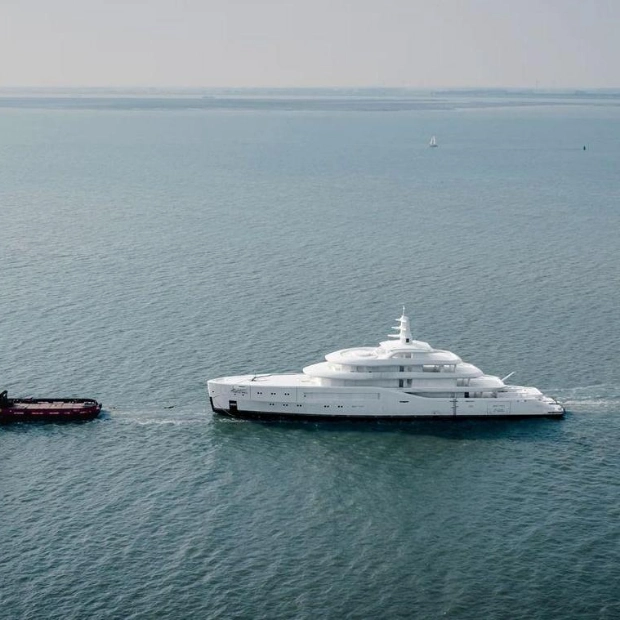Supported by substantial profits, the UAE's leading ten banks have maintained a strong capital stance, with their asset quality showing further enhancement in the quarter concluding June 2024, as per the recent Banking Pulse report.
The report, issued by Alvarez & Marsal (A&M), indicates that profitability surged to Dh21.5 billion during the second quarter, driven by elevated net interest income (NII) and reduced impairment charges, which fell by 35.4 per cent quarter-over-quarter. Asad Ahmed, A&M's managing director and head of Middle East Financial Services, highlighted that the UAE banking sector continues to perform robustly due to lending expansion and asset quality improvements, with a well-capitalized status reflected by an aggregate capital adequacy ratio (CAR) of 17.6 per cent.
Ahmed also mentioned that the Central Bank of the UAE (CBUAE) kept its benchmark interest rate steady at 5.4 per cent by the end of Q2 2024, mirroring the US Fed rate. With recent indications from the Fed suggesting an imminent first rate cut, anticipated for September, banks are likely to adopt precautionary measures regarding provisioning, given the sensitivity of asset quality at the peak of the interest rate cycle.
The report further notes that despite stable interest rates, NII increased by 2.0 per cent quarter-over-quarter due to a higher loan-to-deposit ratio (LDR). Non-interest income slightly decreased by 2.9 per cent quarter-over-quarter, resulting in a nominal growth of total operating income by 0.4 per cent quarter-over-quarter, with a 48bps increase in return on equity (RoE) quarter-over-quarter. However, return on assets (RoA) remained unchanged at 2.2 per cent.
Loans and advances (L&A) saw a moderate growth of 3.2 per cent quarter-over-quarter, with retail lending experiencing an 8 per cent surge quarter-over-quarter. Deposit mobilization, however, slowed, increasing by only 0.4 per cent quarter-over-quarter, primarily due to a 2.5 per cent decline in time deposits, leading to a 2.0 per cent increase in LDR.
The report observed that credit demand exceeded deposit mobilization during Q2, with aggregate L&A for the top 10 UAE banks growing by 3.2 per cent quarter-over-quarter, surpassing deposit growth of 0.4 per cent quarter-over-quarter. This led to a 2 per cent quarter-over-quarter increase in LDR to 75.8 per cent. Total operating income grew marginally by 0.4 per cent quarter-over-quarter, as lower non-core income offset the growth in NII, with non-interest income declining by 2.9 per cent quarter-over-quarter.
Net interest margins (NIM) remained largely unchanged in Q2, with aggregate NIMs slightly contracting by 1bp quarter-over-quarter to 2.65 per cent. Yield on credit rose by 8bps quarter-over-quarter to 12.3 per cent, while the cost of funds increased by 13bps quarter-over-quarter to 4.6 per cent.
Six of the top ten banks experienced a decline in cost efficiencies, with the cost to income ratio (C/I) worsening by 19bps quarter-over-quarter to 28.1 per cent. This deterioration occurred as total operating income increased slower than total operating expenses in Q2.
The cost of risk (CoR) for UAE banks continued to improve, reaching a multi-year low, with CoR improving by 16bps quarter-over-quarter to 0.3 per cent for Q2. Total impairments decreased by 35.4 per cent quarter-over-quarter to Dh1.3 billion, with six out of the top ten banks reporting an improvement in CoR.






